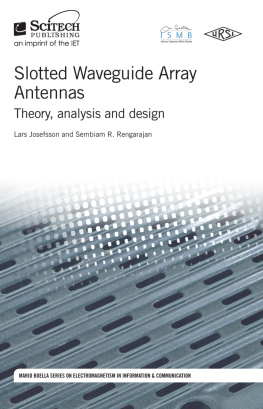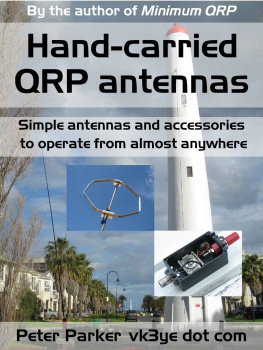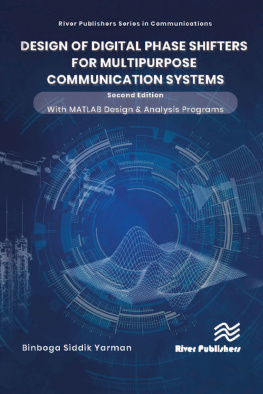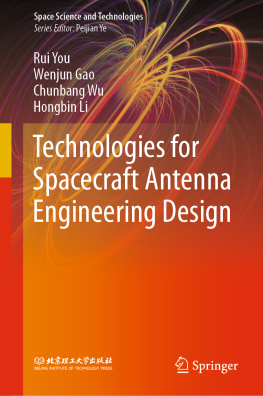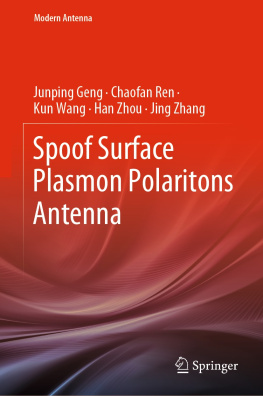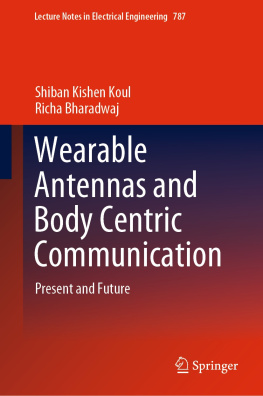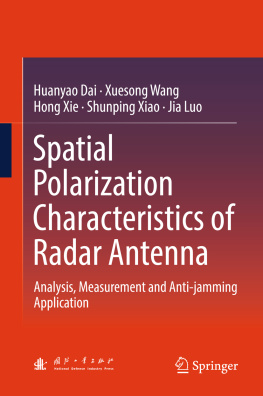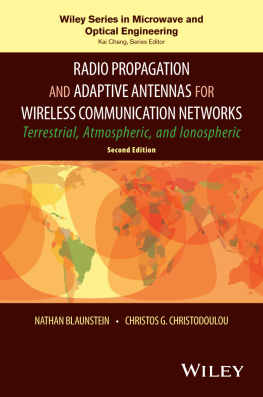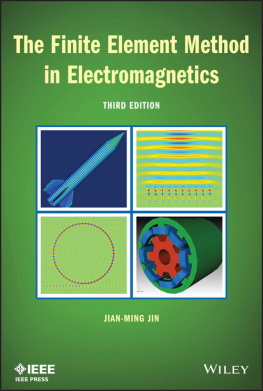Abbreviations and acronyms
| AF | array factor |
| CEM | computational electromagnetics code |
| CFRP | carbon fibre-reinforced plastic |
| dB | decibel |
| DBF | digital beam forming |
| DOA | direction of arrival |
| EM | electromagnetic |
| FDTD | finite difference time domain |
| FEM | finite element method |
| FSS | frequency selective structure |
| GA | genetic algorithm |
| GHz | giga hertz |
| GO | geometrical optics |
| GSM | generalised scattering matrix |
| GTD | geometric theory of diffraction |
| HFSS | high-frequency structural simulator |
| HTCC | high temperature co-fired ceramics |
| IE | integral equation |
| LEO | low earth orbit |
| LMS | least mean square |
| LTCC | low temperature co-fired ceramics |
| MC | mutual coupling |
| MIMO | multiple input multiple output |
| MIT | Massachusetts Institute of Technology |
| MMIC | monolithic microwave integrated circuit |
| MM | mode matching |
| MoM | method of moments |
| MTI | moving target indication |
| NDT | non-destructive testing |
| PEC | perfect electric conductor |
| PMC | perfect magnetic conductor |
| PO | physical optics |
| RCS | radar cross section |
| RF | radio frequency |
| SAR | synthetic aperture radar |
| SIW | substrate integrated waveguide |
| SLL | sidelobe level |
| SMI | sample matrix inversion |
| STAP | space time adaptive processing |
| TACAN | tactical air navigation |
| TE | transverse electric |
| TEM | transverse electromagnetic |
| THz | terahertz |
| TM | transverse magnetic |
| TRM | transmit/receive module |
| UCA | uniform circular array |
| ULA | uniform linear array |
| UTD | uniform theory of diffraction |
| Wi-Fi | ~WLAN |
| WLAN | wireless local area network |
About the authors
Lars Josefsson and Sembiam Rengarajan met at the University of California, Los Angeles (UCLA), USA, where both worked on slotted waveguide array antennas together with Professor R.S. Elliott, a well-known scientific leader and teacher in this field. Since then they have kept contact and collaborated on research projects and courses several times.
Lars Josefsson was born in Norrkping, Sweden. He graduated from The Royal Institute of Technology in Stockholm (KTH) and got his PhD from Chalmers University of Technology in Gteborg. A grant from the Marcus Wallenberg Foundation and a Fulbright Scholarship enabled his stay in 198283 as a Visiting Scientist at UCLA, working on waveguide slotted array antennas. He became Adjunct Professor in Antenna Technology (198386) at Chalmers and obtained the equivalent position at KTH (19962003). He returned to Chalmers again as Adjunct Professor (200407).
For more than 40 years Lars was with Ericsson Microwave Systems AB in Mlndal, Sweden, where he became responsible for new antenna technology and systems, internal R&D projects and internal education relating to antennas. In 2004 he received the Thulin Silver Medal from the Swedish Aeronautical Society for his contributions to several generations of airborne radar antenna developments. He is fellow of the IEEE since 1999.
In 2003 he formed his own consulting company: Lars Microwave (technical consulting, research and education). Lars Josefsson is the author and co-author of more than 100 scientific publications. He is the author (together with Patrik Persson) of the book Conformal Array Antenna Theory and Design, published by IEEE/Wiley in 2006.
Sembiam R. Rengarajan received the PhD degree in Electrical Engineering from the University of New Brunswick, Canada, in 1980. Since then he has been a faculty member at California State University, Northridge, USA. He has held visiting appointments at Chalmers University of Technology, Sweden; University of Santiago de Compostela, Spain; University of Pretoria, South Africa; and Technical University of Denmark. In addition to teaching electromagnetics and antenna courses, he has performed significant research in topics on applications of electromagnetics to antennas, scattering, and microwave components. He has also consulted for many companies and government agencies. He has published more than 240 journal articles and conference presentations.
Much of Sembiams research has dealt with slotted waveguide array antennas. He collaborated with Prof. Elliott in the 1980s and 1990s for more than a decade. His research in this area was supported by the University of California, Hughes Aircraft Company, Lockheed Martin, Saab Ericsson Space, European Space Agency, Rantec Corporation, DSO Singapore, NASA/Jet Propulsion Laboratory (JPL), among others. He served as a Distinguished Lecturer for IEEE Antennas and Propagation Society, lecturing on slotted waveguide array antennas all over the world. Presently he serves as the Chair of the United States National Committee for the International Union of Radio Science (USNC-URSI). He has received more than 20 awards from NASA for his research contributions to JPL. He is a life fellow of IEEE.
Acknowledgements
Much pioneering work in the field of slotted waveguide array antennas was done at the Radiation Laboratory at the Massachusetts Institute of Technology (MIT) during the years 194045. The Radiation Laboratory Series of publications (28 volumes) remain a valuable source of reference even today.
The book draws on material from several short courses on Slotted Waveguide Array Antenna Technology by the authors. One such course was presented together with Dr M Ando and Dr J Hirokawa from the Tokyo Institute of Technology.
Numerous colleagues and friends have supported our work with their advice, encouragement and contributions. In particular we would like to mention Dr Hans Steyskal and Dr Bob Mailloux for their valuable comments.
We also remember with gratitude Professor Bob Elliott of UCLA, a mentor and friend, who introduced us to many exciting aspects of slotted waveguide arrays.
We are grateful for the permission to use results from several studies on slotted waveguide arrays. This includes Ericsson AB, Saab AB, RUAG Space AB, in Sweden and many more.
One of us (SR) would like to acknowledge his research sponsors including Hughes Aircraft, University of California, Saab Ericsson Space, JPL, Rantec, Lockheed Martin, DSO Singapore and CSUN Foundation, and his many students and colleagues who have contributed to his work.
Last but not least, we express our appreciation and gratitude to our families for their encouragement, understanding and patience during the writing of this book.
Appendix A
Standard waveguide frequency bands
Standard rectangular waveguides are listed with their common designations and useful frequency ranges. The waveguide inner dimensions are given in mm.


